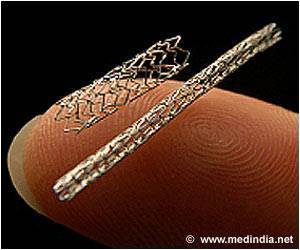The American College of Cardiology and the American Heart Associated today released an updated guideline for the management of adult congenital heart disease (ACHD) patients.

TOP INSIGHT
Congenital heart defects are the most common type of birth defect. The prevalence of ACHD is growing due to the success of treating these patients during their childhood. Survival to age 18 years is now expected in 90 percent of children diagnosed with severe CHD.
This full revision of the original guideline, published in 2008, incorporates new data and growing ACHD expertise. Despite the difficulty in studying ACHD populations, there is a growing body of high-quality data in these patients to guide the care of this relatively new population. These data were used to develop the recommendations.
The updated guideline presents a new classification system for ACHD patients that retains the traditional classification based on the structural complexity of the disease while taking into account the patient's functional status and other factors, including the presence of cardiovascular and non-cardiovascular problems. The system is intended to capture the complexity of ACHD in terms of both anatomy and physiology, rather than anatomy alone. This classification system provides the basis for making lesion-specific recommendations for interval clinical follow-up and testing modalities such as electrocardiograms, transthoracic echocardiography, cardiovascular magnetic resonance and exercise testing.
"As new data become available, we expect changes to the relative weights attributed to the existing components of the classification system and perhaps new components, resulting in a system that ever more precisely tracks the overall severity of the patient's disease and need for more or less intensive follow-up and management," Stout said.
Patients with significant ACHD who are cared for in ACHD centers have better outcomes than those cared for in centers without ACHD expertise, and this need for specialized care is noted throughout the guideline. These recommendations are intended to provide guidance to a wide variety of providers caring for patients with ACHD, including general, pediatric and ACHD cardiologists, as well as surgeons, primary care providers and other health care providers.
 MEDINDIA
MEDINDIA




 Email
Email










